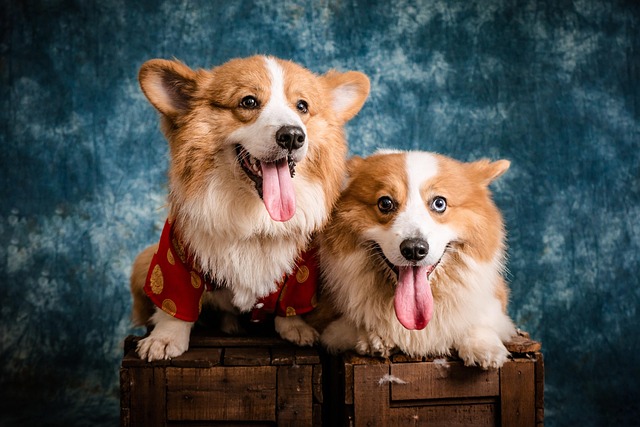
How to teach a Corgi to stay still?
Corgis are little balls of energy—their short legs and perky tails make them eager to explore every corner, which can make staying still feel like a chore.
Giant poodles are smart, eager to please, but their size means accidents can be messy—so starting potty training early (around 8–12 weeks old) saves frustration for both of you. Unlike smaller breeds, they might need more frequent trips outside simply because their bladders hold more, but their quick learning means consistency pays off fast.
Stick to a strict schedule: take them out first thing in the morning, right after meals, naps, and playtime, plus one last trip before bed. When they go in the right spot (a designated area in your yard or a community dog spot, if you live in an apartment), reward them immediately with a small treat and excited praise—positive reinforcement is key for this breed. If they have an accident, don’t scold them; just clean it up with an enzyme cleaner to remove the smell, so they don’t return to that spot.
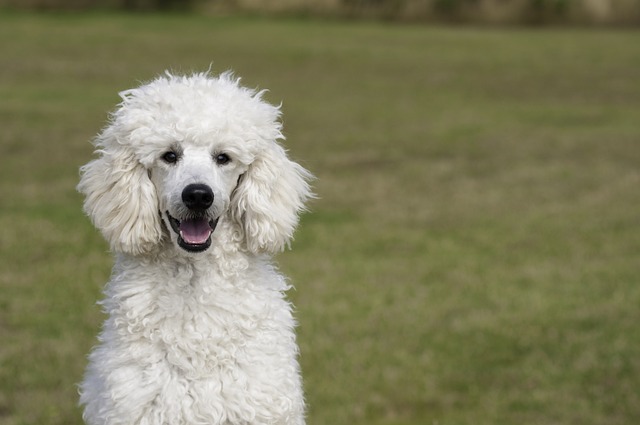 Know local rules: many areas require dogs to be on a leash during potty breaks in public spaces, even in your neighborhood park. Some cities also have laws about picking up dog waste (fines can be steep if you skip this), so always carry bags. For giant poodles, a sturdy leash and harness (not a collar, which can strain their neck) is a must—this keeps them safe and keeps you compliant with local pet regulations.
Know local rules: many areas require dogs to be on a leash during potty breaks in public spaces, even in your neighborhood park. Some cities also have laws about picking up dog waste (fines can be steep if you skip this), so always carry bags. For giant poodles, a sturdy leash and harness (not a collar, which can strain their neck) is a must—this keeps them safe and keeps you compliant with local pet regulations.
Use their intelligence to your advantage: giant poodles thrive on routine, so adding verbal cues like “go potty” while they’re eliminating helps them connect the phrase to the action. If you work long hours, consider a dog walker or a pet sitter for midday breaks—skipping these can set back training and might mean breaking laws about leaving dogs alone for too long in some regions. Crate training can also help; most giant poodles won’t soil their sleeping space, so a properly sized crate (big enough to stand and turn around) teaches them to hold it.
Be patient—even the smartest giant poodles might have setbacks, especially during teething or when adjusting to a new home. If accidents happen more than usual, check if they’re stressed or if their schedule changed. With time, consistency, and following local rules, your giant poodle will learn to signal when they need to go—whether by scratching the door or standing by the leash. This isn’t just about training; it’s about building trust and being a responsible owner, which lets you both enjoy walks and park time without worry.

Corgis are little balls of energy—their short legs and perky tails make them eager to explore every corner, which can make staying still feel like a chore.
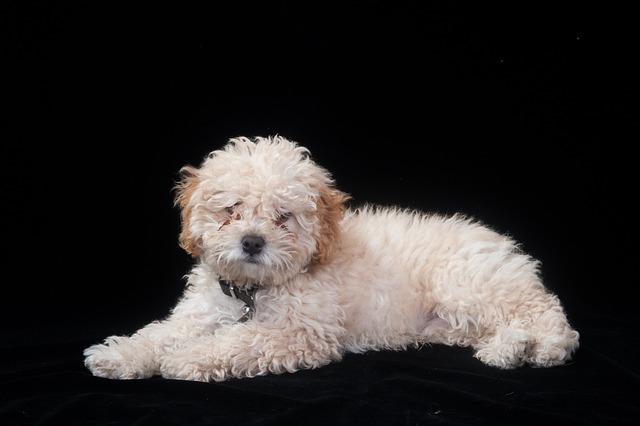
Teddy Dogs (often called Shichon or Zuchon mixes) are smart, but their small size means they have smaller bladders—so consistency is key when teaching them a designated toilet spot.
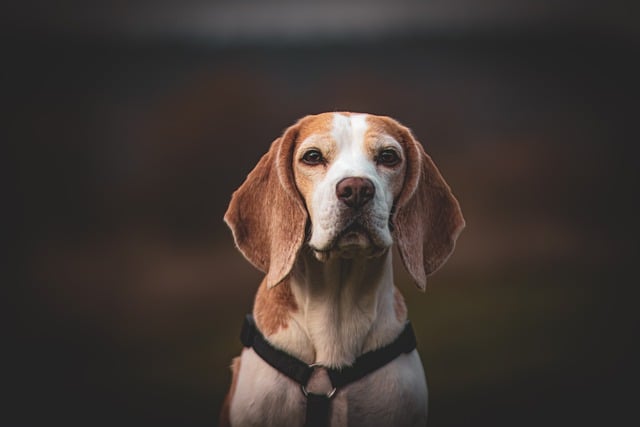
Training a Belgian Malinois to use a designated toilet spot can feel daunting at first—these sharp, active dogs thrive on structure, but they also need clear guidance to learn new habits.
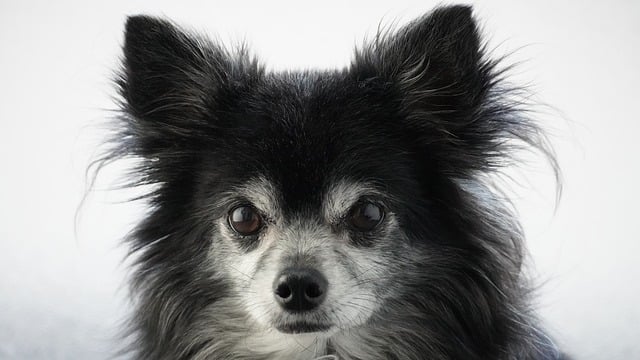
Chihuahuas’ tiny size makes toilet training feel tricky—their small bladders mean they need frequent trips outside, but consistency is key to helping them learn.
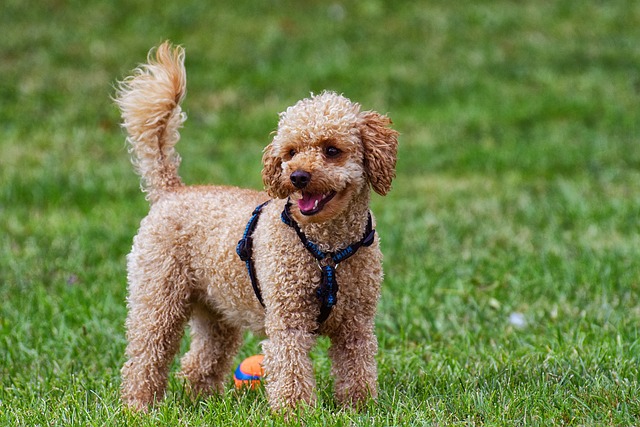
The idea of housebreaking a puppy in just five days might sound like a fantasy, but while you can’t expect perfection in such a short time
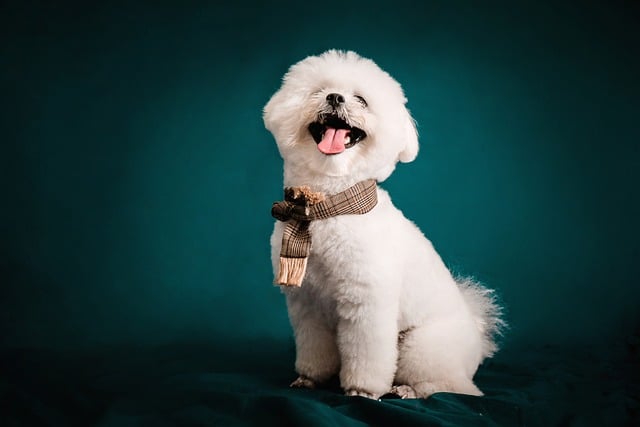
If you're constantly mopping up accidents and wondering when this phase will end, you're not alone. The journey to reliable potty training feels endless when you're in the middle of it